No products in the cart.
Jordan Golden Full Moon Japanese Maple – 3 Gallon Pot
$209.97 Original price was: $209.97.$98.99Current price is: $98.99.
SKU: D2LSC 7779270570 Categories: JAPANESE MAPLE TREES, PLANTS & TREES
- The quality you expect, the service you deserve.
- Where quality meets convenience.
- Shop with Zero Worries
- Service with a smile, always online.

‘Jordan’ Golden Full Moon Japanese Maple
Acer shirasawanum ‘Jordan’
Other Common Names: Jordan Full Moon Maple
Plant Details
USDA Plant Hardiness Zones: 5a-9b Find Your Zone
Height at Maturity: 10-15′ in 10 to 20 years
Width at Maturity: 6-10′ in 10 to 20 years
Growth Habit / Form: Upright, Rounded Vase
Growth Rate: Moderate
Foliage Color in Spring: Bright Yellow with Rosy Orange Edges
Foliage Color in Summer: Brilliant Yellow
Foliage Color in Fall: Brilliant Orange and Red shades
Light Needs: Full Sun or Mostly Sun, Morning Sun with Dappled or Afternoon Shade, All Day Filtered Sun, Morning Shade with Evening Sun
Water Needs: Average, moderately drought tolerant when established
Soil Type: Clay (Amend heavy clay soils), Sandy, Loam, Silt
Drainage: Moist But Well Drained
Soil pH: 5.0 – 7.0 is ideal
Maintenance: Low
Resistances: Deer, Heat Tolerant, Insect Resistant, Sun Tolerant
Description
Acer shirasawanum ‘Jordan’ is a Japanese Maple, or sometimes referred to as a Full Moon Maple, that delights the eye with highly attractive bright yellow leaves with rose orange margins that turn to a stunning bright yellow in summer does not burn in full sun. That said, the leaves will turn to a golden-green by summer in shady sites. With the arrival of cooler temperatures in fall the leaves turn to brilliant shades of orange and red. What makes this species even more interesting are the rounded, palm-like leaves, each having 9 to 11 lobes and the grey bark that contrasts beautifully with the foliage. A somewhat slower grower, this luminous small tree is excellent for use in pots and smaller garden spaces as a focal point specimen that is sure to light up the landscape!
Landscape & Garden Uses
To showcase its magnificence and beauty, the Jordan Japanese Maple is best used in the landscape as a focal point specimen to draw attention to a specific area of the home or landscape. That said, you can plant them in groupings of three or in pairs to frame an entryway.
Spacing: At least 12 feet apart for space between trees
Container culture can extend the useful range of Japanese Maples. They are extremely easy to grow in containers, a practice taken to its most extreme form in the art of bonsai.
Note: One Japanese Maple can make a landscape…that is if you don’t overcrowd it with other trees and plants. Therefore, when selecting companions to plant under or around your Japanese Maple, make sure to select low-growing shrubs or groundcover plants that won’t interfere at all with your tree.
Growing Preferences
Though delicate looking, Japanese Maples are actually very tough and long-lived trees. They are very easy to grow. Container culture can extend their useful range. They are extremely easy to grow in containers, a practice taken to its most extreme form in the art of bonsai.
In their natural habitat, Japanese Maples are understory trees, growing in dappled forest sunlight at the edges of woodlands. Ideally they prefer to be grown in similar conditions. That said, ‘Jordan’ is one that will grow in full sun or shade!
Most any average garden soil will grow Japanese Maples. They prefer a moist but well-drained soil rich in organic matter. As with so many other ornamental plants and trees, constantly soggy or wet soil can be problematic. So make sure to plant your Japanese Maple in a well-drained site.
Helpful Articles
Click on a link below to find helpful advice from our experts on how to plant and care for Japanese Maple trees.
How To Plant A Japanese Maple Tree In The Ground
How to Plant A Japanese Maple Tree In A Pot
How To Fertilize And Water A Japanese Maple Tree
How To Prune A Japanese Maple
Plant Long & Prosper!
Meet The Wilson Brothers & Staff
Questions? Contact Us!
Be the first to review “Jordan Golden Full Moon Japanese Maple – 3 Gallon Pot” Cancel reply
Related products
Sale!
FRUIT TREES & PLANTS
Sale!
FRUIT TREES & PLANTS
Sale!
Sale!
GROUNDCOVER PLANTS
Sale!
Sale!
Sale!
FRUIT TREES & PLANTS
Sale!
JAPANESE MAPLE TREES
Crimson Queen Dwarf Japanese Maple (High Graft Tree Form) – 2 Gallon Pot













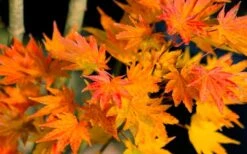




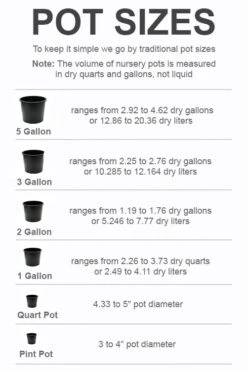
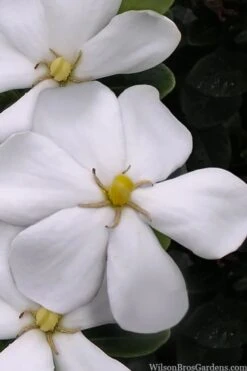

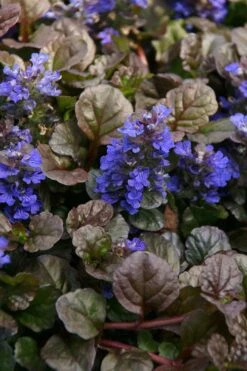
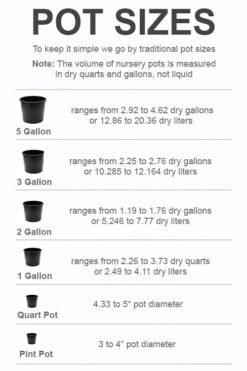


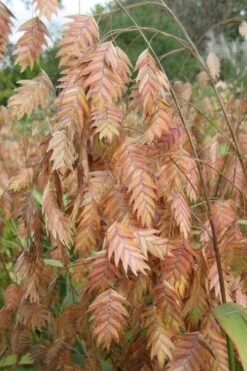


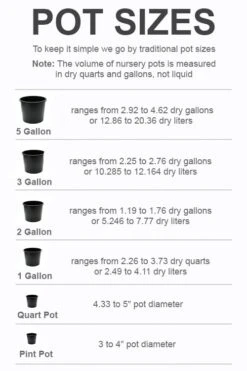
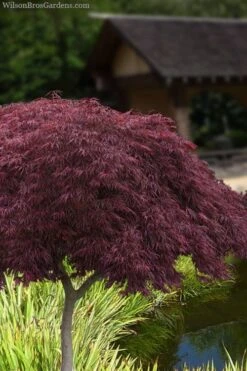
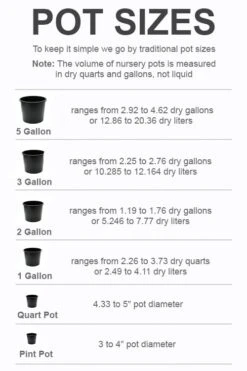
Reviews
There are no reviews yet.